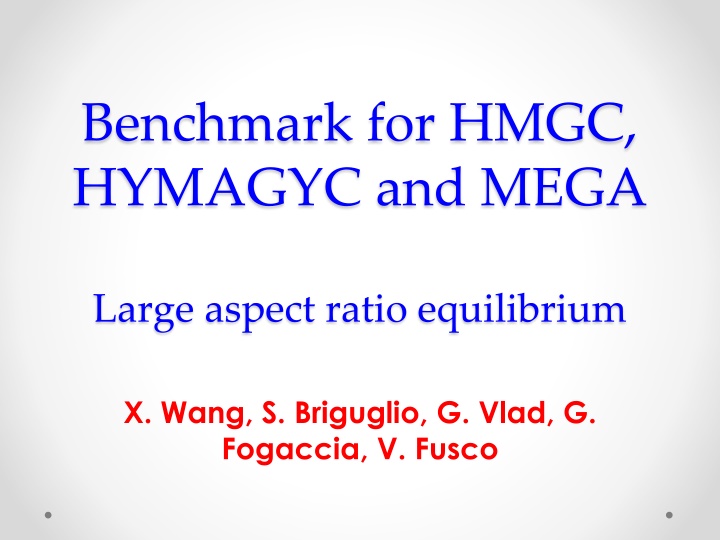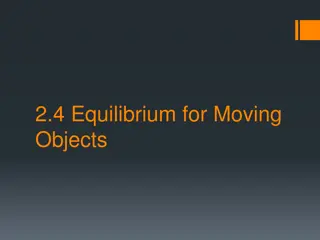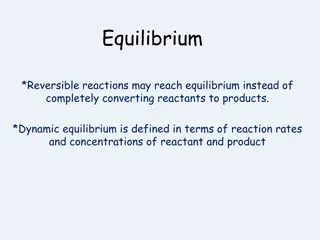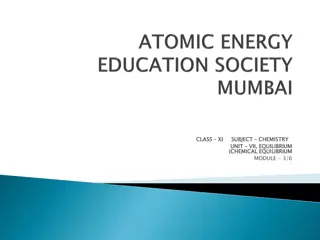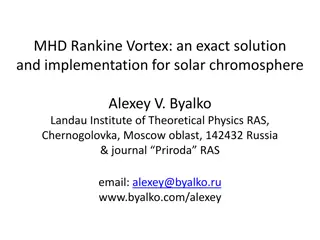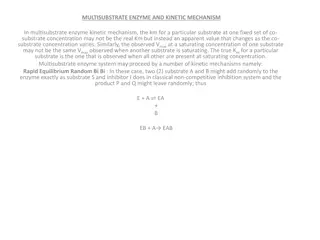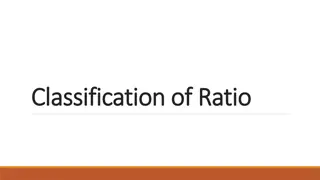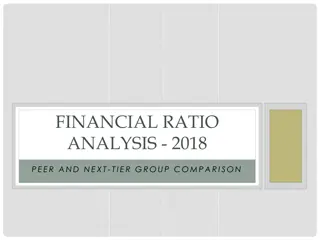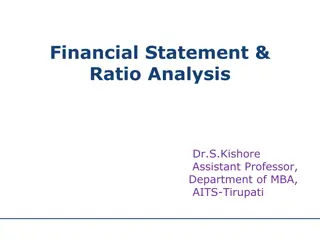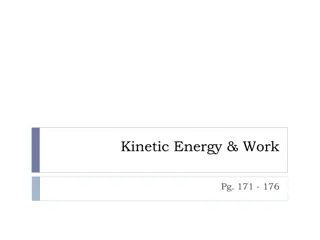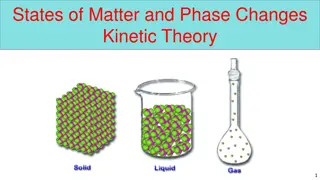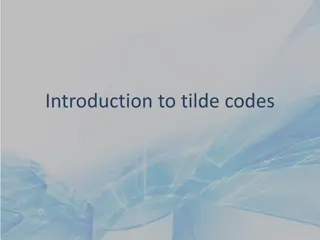Comparative Analysis of MHD-Kinetic Codes for Large Aspect Ratio Equilibrium
The study presents a benchmark comparison of HMGC, HYMAGYC, and MEGA codes focusing on their hybrid MHD-kinetic nature in large aspect ratio equilibriums. The analysis explores the relative stability of two types of EPMs at varying nH values, concluding with results on mode frequencies and growth rates. Differences in dynamics for large nH/ni are noted, prompting further resonance investigations. Positive findings regarding mode dominance and fair agreement are juxtaposed with negative results related to growth rates and mode structures, suggesting a need for deeper resonance analysis.
Download Presentation

Please find below an Image/Link to download the presentation.
The content on the website is provided AS IS for your information and personal use only. It may not be sold, licensed, or shared on other websites without obtaining consent from the author.If you encounter any issues during the download, it is possible that the publisher has removed the file from their server.
You are allowed to download the files provided on this website for personal or commercial use, subject to the condition that they are used lawfully. All files are the property of their respective owners.
The content on the website is provided AS IS for your information and personal use only. It may not be sold, licensed, or shared on other websites without obtaining consent from the author.
E N D
Presentation Transcript
Benchmark for HMGC, HYMAGYC and MEGA Large aspect ratio equilibrium X. Wang, S. Briguglio, G. Vlad, G. Fogaccia, V. Fusco
Benchmark set-up HMGC, HYMAGYC and MEGA are hybrid MHD-kinetic codes In the present benchmark they all adopt drift-kinetic limit (FLR effects neglected; FOW ones retained) Shifted circular magnetic surface equilibrium Large aspect ratio: R0/a=10 q(0)=1.1 q(a)=1.9 Bulk-ion (D) density profile such to yield alined gaps: ni/ni(0)=[q(0)/q]2 Maxwellian energetic particle (D) population (flat temperature) Single toroidal number n=2 Alfv n continuum EP density
Two types of EPMs Their relative stability depends, ceteris paribus, on nH At low values of nH the high-frequency mode dominates; at large values of nH, the low-frequency one High frquency mode Low frquency mode
Two types of EPMs Lower nH case Larger nH case
Benchmark results HMGC Low nH case MEGA eigenfunctions less peaked HYMAGYC Note that different frequency spaces are used MEGA
Benchmark results HMGC Large nH case Relatively fair agreement HYMAGYC MEGA
Benchmark results Frequency and growth rate values MEGA does not observe a strong dependence of the growth rate on nH/ni for the low frequency mode
Benchmark results Are MEGA and HMGC/HYMAGYC looking at a different dynamics for large nH/ni? It would be worth investigating the involved resonances and their relative weight
Conclusions Positive results: two types of EPM exist the high-frequency one dominates at low drive; the low-frequency one, at large drive real frequency of the two modes in fair agreement low-frequency mode structure similar Negative results: the low-frequency mode growth rate, for MEGA, does not increase fast with increasing nH/ni the high-frequency mode structure for MEGA is less peaked than that found by HMGC and HYMAGYC Deeper resonance investigation required
